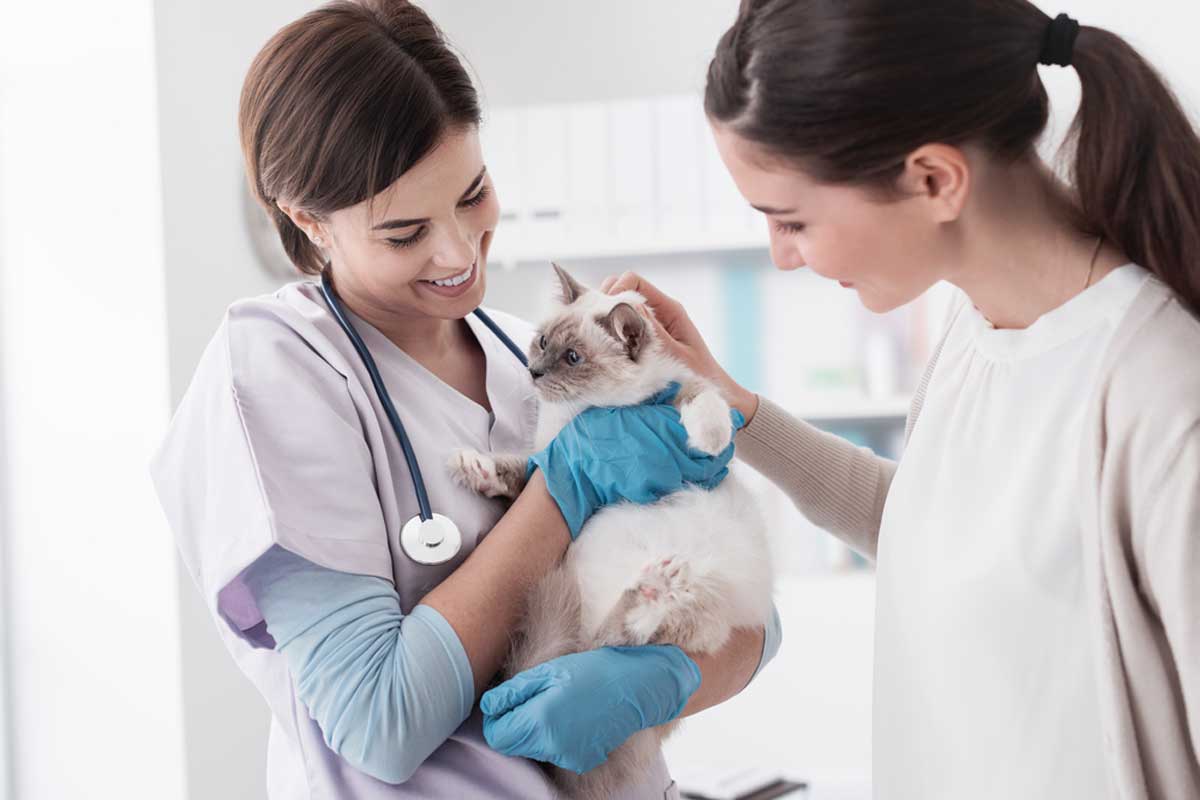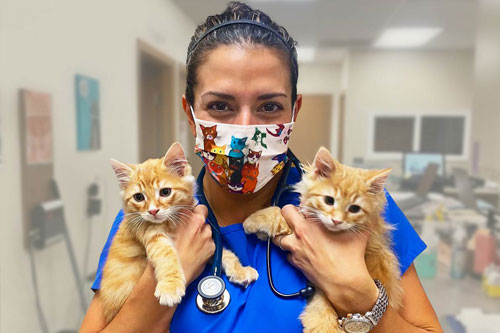Pronidesivir Tablets Oral Formulation & Drug Information
NeoFipronis® (Pronidesivir) is the first officially approved oral FIP treatment available through regulated veterinary channels. It sets a new standard in FIP care with proven clinical efficacy, safety, and global accessibility.
Official Oral FIP Treatment - No injections, less pain for cats.
Fast Absorption - High bioavailability for quick, effective results.
Proven by Research - Improves recovery and survival rates.
Treats All Types - Works for wet, dry, neuro, and eye FIP.
Vet Recommended - Trusted by vets, loved by pet parents.
Easy to Use at Home - Tablets make daily dosing simple.
Worldwide Access - Available globally for more cats in need.

NEW Breakthrough in Feline Health!
We’re proud to introduce NeoFipronis® (Pronidesivir) — the world’s first officially approved oral treatment for FIP in cats. In partnership with leading veterinary researchers, we’re bringing life-saving innovation to felines worldwide.
Who We Serve

We provide trusted, science-backed FIP treatment to give your cat the chance it deserves—because every purr matters.

Partnering with licensed clinics to deliver compliant, effective care for cats diagnosed with FIP.

We welcome global partners to join us in making NeoFipronis® accessible to cats in need around the world.

NeoFipronis® (Pronidesivir Tablets)
Effective for all forms of feline infectious peritonitis (FIP): effusive, non-effusive, neurological, and ocular.
- Dosage
15mg/kg once daily (half a 30mg tablet per kg); increase for neuro/ocular FIP as advised by a vet.
- Administration Time
Give once daily on an empty stomach, at the same time each day.
- Treatment Duration
At least 12 weeks; extend for severe cases. Continue 2 weeks after recovery and observe 8 weeks post-treatment.
- Precautions
Avoid missed or changed doses. Watch appetite, energy, temperature. Do regular blood tests, ensure good nutrition, and reduce stress.
NeoFipronis® (Pronidesivir) is the world’s first officially approved oral treatment for feline infectious peritonitis (FIP), offering a safe, effective, and non-invasive solution. Its high oral bioavailability ensures fast absorption and strong efficacy. The tablet form avoids the pain and stress of injections, making it easier for both cats and owners. Suitable for all types of FIP—effusive, non-effusive, neurological, and ocular—it helps relieve symptoms and improve survival rates. With clear dosing, once-daily administration, and strong clinical support, NeoFipronis® (Pronidesivir) is trusted by veterinarians and cat parents worldwide as a reliable option for at-home treatment.
The Treatment You Trust. The Quality Your Cat Deserves.
With NeoFipronis® (Pronidesivir), you’re choosing a scientifically proven FIP treatment backed by veterinary expertise and strict quality control. Every tablet reflects our commitment to safety, consistency, and care.
In a field where accuracy can mean life or death, NeoFipronis® (Pronidesivir) raises the standard. From formulation to packaging, we follow rigorous protocols to ensure every dose delivers what your cat needs — no compromises, no shortcuts.
Why Pronidesivir Tablets ?
- First officially approved oral treatment for FIP
- Manufactured under strict veterinary standards
- Trusted by vets, backed by science
- Accurate dosage, easy and safe to administer
- Multiple quality checks for consistent efficacy
- Globally compliant and internationally available
NeoFipronis® (Pronidesivir) — your trusted solution for FIP treatment.
